Asia · Bhutan · Croatia · Eastern Europe · Europe · Food and Drink · North America · Portugal · Regions · Slovenia · Travel Miscellany · USA · Vermont · Western Europe
5 unexpected wine destinations
While Spain, Italy, and France typically enjoy the limelight when it comes to well-known wine regions—think Rioja, Tuscany, and Bordeaux—travelers have long known that what we drink at home is often dictated by what gets exported and imported. Demand for bottle diversity has expanded what we can find on the shelves (thankfully), so it’s easy to find Saugvignon Blanc from New Zealand, Malbec from Argentina, and Pinotage from South Africa. Unfortunately, it’s not possible to get every vintage out there, especially from lesser-known areas. The only option may be to plan a trip and return with a few bottles in your checked luggage. Although the big name regions are famous because they produce excellent wines, winemakers the world over have adapted to fit the environment where they live. Below are five wine regions that may surprise you!
Slovenia
Winemaking in Slovenia predates that in France and Spain, and the country is home to the world’s oldest grapevine (along with 28,000 wineries!). Slovenia has produced award-winning wines, many of which are considered some of the world’s best. Lucky for those who live there, local wines are rarely enjoyed outside of the country because most of it is consumed within its borders and little is exported. Three wine regions grow 52 varieties that are crafted into red and white wines. Slovenian wine is an excellent complement to the superb cuisine on offer there.
 Vermont, USA
In the U.S., most people can name only California as a wine-growing region, but smaller pockets are scattered around the country from Washington and Oregon to New York and as far north as Vermont. While better known for its cider (both alcoholic and not) and craft beer, Vermont’s northern location and cold climate support several uncommon varieties. Of the 15 wineries in the small state (population just over 600,000), many of them also make wines using other fruit such as rhubarb, blueberries, and apple, along with dessert ice wines. There are also a couple of places that produce mead or honey wine, which is thought to be the world’s oldest alcoholic beverage.
Vermont, USA
In the U.S., most people can name only California as a wine-growing region, but smaller pockets are scattered around the country from Washington and Oregon to New York and as far north as Vermont. While better known for its cider (both alcoholic and not) and craft beer, Vermont’s northern location and cold climate support several uncommon varieties. Of the 15 wineries in the small state (population just over 600,000), many of them also make wines using other fruit such as rhubarb, blueberries, and apple, along with dessert ice wines. There are also a couple of places that produce mead or honey wine, which is thought to be the world’s oldest alcoholic beverage.
 Azores, Portugal
Portugal is well-known for its fortified wine, port. While Portugal’s mainland is home to the famed wine region of the Douro Valley, there is another area of the country that produces incredible wine. It just happens to be in the middle of the Atlantic Ocean. Pico Island in the Azores is known as the “Island of Wine” and produces the majority of wine for the islands. Due to the strong winds that prevail in the location and lack of tree protection in the volcanic landscape, vines are enclosed in a grid of rock wall wind breaks. These also create heat pockets that help the vines thrive. It’s an utterly unique viticulture tradition that has earned a UNESCO World Heritage designation, as well as producing delicious wines.
Azores, Portugal
Portugal is well-known for its fortified wine, port. While Portugal’s mainland is home to the famed wine region of the Douro Valley, there is another area of the country that produces incredible wine. It just happens to be in the middle of the Atlantic Ocean. Pico Island in the Azores is known as the “Island of Wine” and produces the majority of wine for the islands. Due to the strong winds that prevail in the location and lack of tree protection in the volcanic landscape, vines are enclosed in a grid of rock wall wind breaks. These also create heat pockets that help the vines thrive. It’s an utterly unique viticulture tradition that has earned a UNESCO World Heritage designation, as well as producing delicious wines.
 Bhutan
The foothills of the Himalayas might be the last place you would expect there to be grape vines, but in 2018, the tiny Kingdom of Bhutan got its first vineyards. They were planted with nine varieties, including Merlot and Chardonnay. The first harvest will be in the fall of 2020, so the world will have to wait a bit longer to see how it comes out. While the country is considered the world’s last untapped viable grape wine region, the Bhutanese already have a tradition of making peach wine. Very sweet and refreshing, it’s definitely worth a try!
Bhutan
The foothills of the Himalayas might be the last place you would expect there to be grape vines, but in 2018, the tiny Kingdom of Bhutan got its first vineyards. They were planted with nine varieties, including Merlot and Chardonnay. The first harvest will be in the fall of 2020, so the world will have to wait a bit longer to see how it comes out. While the country is considered the world’s last untapped viable grape wine region, the Bhutanese already have a tradition of making peach wine. Very sweet and refreshing, it’s definitely worth a try!
 Croatia
The first people to produce wine in what is now Croatia were the Ancient Greeks on the Dalmatian Islands. So this region has had plenty of time to perfect the art. Now, Croatia is one of Europe’s most talked about emerging wine destinations with 64 indigenous grape varieties. Like Slovenia, most of it is consumed by Croatians making it somewhat unlikely you’ve had a chance to try some. White wine makes up about 60% of the country’s production. Fun fact: California might not be the wine region it is without a Croatian varietal – the Zinfandel grape.
Croatia
The first people to produce wine in what is now Croatia were the Ancient Greeks on the Dalmatian Islands. So this region has had plenty of time to perfect the art. Now, Croatia is one of Europe’s most talked about emerging wine destinations with 64 indigenous grape varieties. Like Slovenia, most of it is consumed by Croatians making it somewhat unlikely you’ve had a chance to try some. White wine makes up about 60% of the country’s production. Fun fact: California might not be the wine region it is without a Croatian varietal – the Zinfandel grape.
 Matt Holmes is the Founder & President of Boundless Journeys. Boundless Journeys is an award-winning tour operator that goes off the beaten path for immersive and authentic travel experiences.
If you would like to be a guest blogger on A Luxury Travel Blog in order to raise your profile, please contact us.
Matt Holmes is the Founder & President of Boundless Journeys. Boundless Journeys is an award-winning tour operator that goes off the beaten path for immersive and authentic travel experiences.
If you would like to be a guest blogger on A Luxury Travel Blog in order to raise your profile, please contact us.
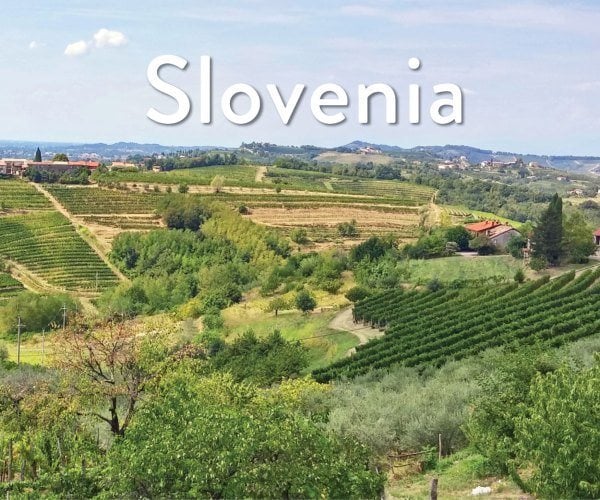 Vermont, USA
In the U.S., most people can name only California as a wine-growing region, but smaller pockets are scattered around the country from Washington and Oregon to New York and as far north as Vermont. While better known for its cider (both alcoholic and not) and craft beer, Vermont’s northern location and cold climate support several uncommon varieties. Of the 15 wineries in the small state (population just over 600,000), many of them also make wines using other fruit such as rhubarb, blueberries, and apple, along with dessert ice wines. There are also a couple of places that produce mead or honey wine, which is thought to be the world’s oldest alcoholic beverage.
Vermont, USA
In the U.S., most people can name only California as a wine-growing region, but smaller pockets are scattered around the country from Washington and Oregon to New York and as far north as Vermont. While better known for its cider (both alcoholic and not) and craft beer, Vermont’s northern location and cold climate support several uncommon varieties. Of the 15 wineries in the small state (population just over 600,000), many of them also make wines using other fruit such as rhubarb, blueberries, and apple, along with dessert ice wines. There are also a couple of places that produce mead or honey wine, which is thought to be the world’s oldest alcoholic beverage.
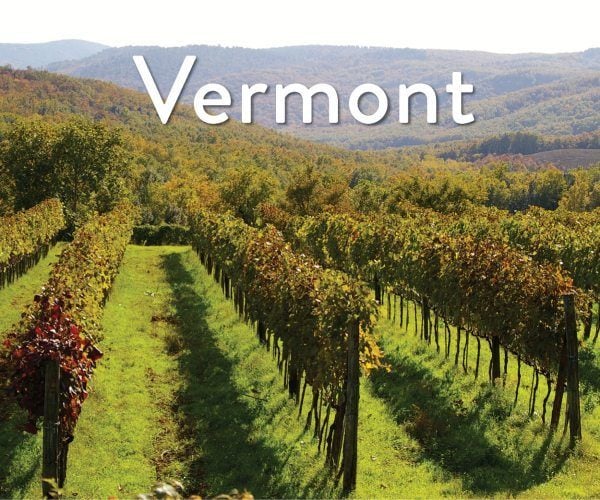 Azores, Portugal
Portugal is well-known for its fortified wine, port. While Portugal’s mainland is home to the famed wine region of the Douro Valley, there is another area of the country that produces incredible wine. It just happens to be in the middle of the Atlantic Ocean. Pico Island in the Azores is known as the “Island of Wine” and produces the majority of wine for the islands. Due to the strong winds that prevail in the location and lack of tree protection in the volcanic landscape, vines are enclosed in a grid of rock wall wind breaks. These also create heat pockets that help the vines thrive. It’s an utterly unique viticulture tradition that has earned a UNESCO World Heritage designation, as well as producing delicious wines.
Azores, Portugal
Portugal is well-known for its fortified wine, port. While Portugal’s mainland is home to the famed wine region of the Douro Valley, there is another area of the country that produces incredible wine. It just happens to be in the middle of the Atlantic Ocean. Pico Island in the Azores is known as the “Island of Wine” and produces the majority of wine for the islands. Due to the strong winds that prevail in the location and lack of tree protection in the volcanic landscape, vines are enclosed in a grid of rock wall wind breaks. These also create heat pockets that help the vines thrive. It’s an utterly unique viticulture tradition that has earned a UNESCO World Heritage designation, as well as producing delicious wines.
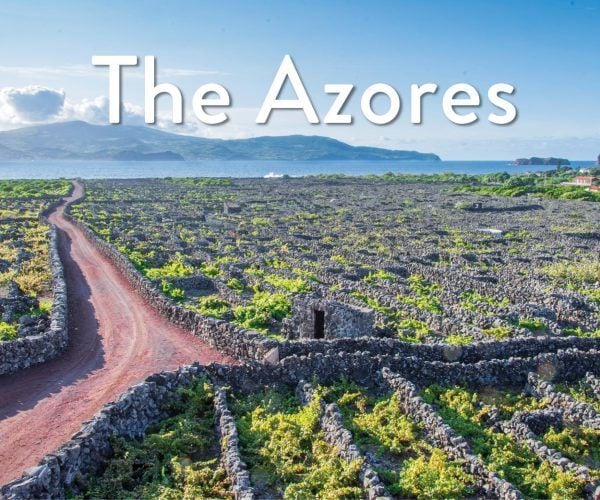 Bhutan
The foothills of the Himalayas might be the last place you would expect there to be grape vines, but in 2018, the tiny Kingdom of Bhutan got its first vineyards. They were planted with nine varieties, including Merlot and Chardonnay. The first harvest will be in the fall of 2020, so the world will have to wait a bit longer to see how it comes out. While the country is considered the world’s last untapped viable grape wine region, the Bhutanese already have a tradition of making peach wine. Very sweet and refreshing, it’s definitely worth a try!
Bhutan
The foothills of the Himalayas might be the last place you would expect there to be grape vines, but in 2018, the tiny Kingdom of Bhutan got its first vineyards. They were planted with nine varieties, including Merlot and Chardonnay. The first harvest will be in the fall of 2020, so the world will have to wait a bit longer to see how it comes out. While the country is considered the world’s last untapped viable grape wine region, the Bhutanese already have a tradition of making peach wine. Very sweet and refreshing, it’s definitely worth a try!
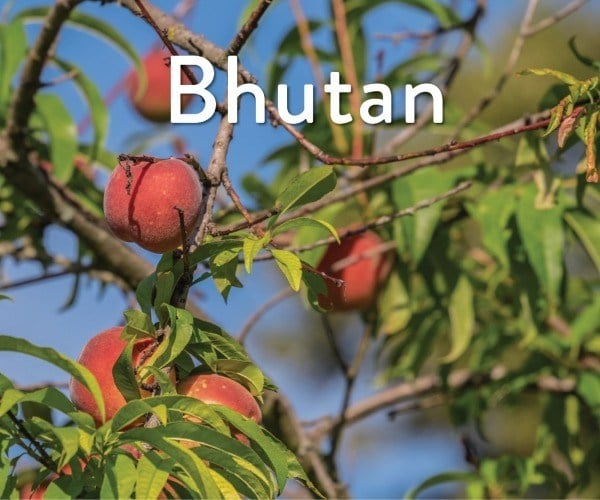 Croatia
The first people to produce wine in what is now Croatia were the Ancient Greeks on the Dalmatian Islands. So this region has had plenty of time to perfect the art. Now, Croatia is one of Europe’s most talked about emerging wine destinations with 64 indigenous grape varieties. Like Slovenia, most of it is consumed by Croatians making it somewhat unlikely you’ve had a chance to try some. White wine makes up about 60% of the country’s production. Fun fact: California might not be the wine region it is without a Croatian varietal – the Zinfandel grape.
Croatia
The first people to produce wine in what is now Croatia were the Ancient Greeks on the Dalmatian Islands. So this region has had plenty of time to perfect the art. Now, Croatia is one of Europe’s most talked about emerging wine destinations with 64 indigenous grape varieties. Like Slovenia, most of it is consumed by Croatians making it somewhat unlikely you’ve had a chance to try some. White wine makes up about 60% of the country’s production. Fun fact: California might not be the wine region it is without a Croatian varietal – the Zinfandel grape.
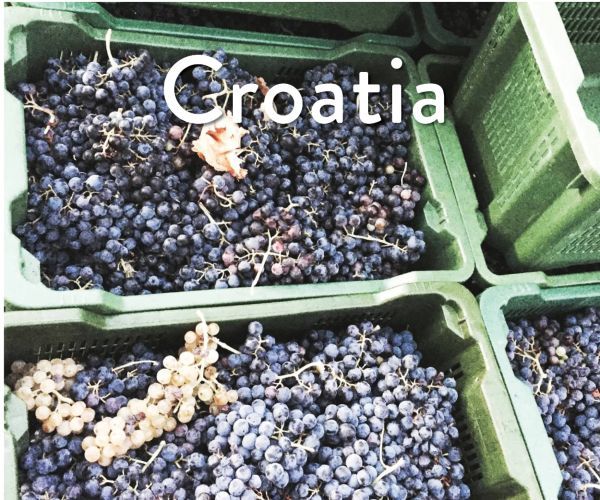 Matt Holmes is the Founder & President of Boundless Journeys. Boundless Journeys is an award-winning tour operator that goes off the beaten path for immersive and authentic travel experiences.
If you would like to be a guest blogger on A Luxury Travel Blog in order to raise your profile, please contact us.
Matt Holmes is the Founder & President of Boundless Journeys. Boundless Journeys is an award-winning tour operator that goes off the beaten path for immersive and authentic travel experiences.
If you would like to be a guest blogger on A Luxury Travel Blog in order to raise your profile, please contact us.Did you enjoy this article?
Receive similar content direct to your inbox.


Actually Slovakia isn’t that much of a surprise. Once, when I was in the Trieste region of Italy there were a few Slovakian wines available.
When you think about it Italy is a great wine producer so it’s no surprise that wine should be produced across the border.
In that part of Europe borders change so often but the vines keep growing whatever country they are in.
Interestingly, only Slovenia’s smallest wine region of the three borders Italy. The other two are found on the western part of Slovenia that borders inland Croatia, Hungary, and Austria. But, it’s true that there are shared gastronomic traditions throughout Europe as cultures spread regardless of political borders.
You are right, the foothills of the Himalayas is the last place that I would expect to find grape vines. I’ve not been to Bhutan but I would imagine that although the foothills can be a sun trap I can also see some cold weather whipping through.
Then again I’ve had some interesting conversation with a French vine grower who is getting very skilled at grafting to create more resistant plants that can stand-up to changing weather patterns.
The foothills of the Himalayas might be the last place you would expect there to be grape vines, but in 2018, the tiny Kingdom of Bhutan got its first vineyards
Yes, winters can be cold in Bhutan, however there are lower elevation areas that are almost tropical, and most of the vineyards were planted in those areas, particularly around Punakha. However, they planted as high as 2,700m!
That means that it’s even more likely to be wine o’clock somewhere in the world.
Peach wine sounds delicious. I’ve had lychee wine in Mauritius which was very drinkable. It goes to show that wine doesn’t have to be made from grapes.
Although things are much better than they were and most experts take New World wines seriously there’s still a lot of wine snobbery about and that will make it hard work for these unusual wine growers to get the recognition that they deserve. As to wine that isn’t made from grapes I think it is even harder to get people to buy and drink something like peach wine.
It’s true that it can certainly take some consumer education about new products in such a tradition-based industry. But for adventurous travelers with adventurous pallets who enjoy wine, it’s worth trying unfamiliar varieties in these places, if only for cultural immersion or gastronomic curiosity.
Meanwhile the Gin industry is thriving on diversity. It seems to me that more creative they can get the more people like it. I remember reading about one hotel that went out foraging on its beach and among the sea weed. Then they gave a bag of what they’d foraged to the local distiller and told them to create a gin. If only the wine industry was as broad minded.
I’m not a huge wine drinker and definitely not a wine buff on the different types and their respective regions, but I do like the occasional glass most weeks. I’ve been on two wine evenings locally in the last year, one was given to me as a gift actually, and they were thoroughly interesting. I didn’t think I’d enjoy them all that much but I learned a lot, particularly in terms of the regions that produce different types of wine and what gives them a distinct smell, consistency and taste, which is fascinating to learn more about. When I pick up a bottle in the shops I’m not usually too fussy about where it’s from but I’ve had quite a few really nice reds and whites from New Zealand. I know of Vermont, partly as I’ve got a friend living not too far from there, but I never would have thought of Slovenia or Bhutan when it comes to wine. Wow, so not too much longer before the world gets to see what wine near the Himalayas over in Bhutan tastes like, it’ll be interesting to see what happens. In the mean time I’m curious about peach wine, sounds quite refreshing!
I’ve never heard of wines coming from Slovenia and now I know the reason why. Nice little tidbit about that. So, I’m guessing since very little wine ever gets out of Slovenia, if you get hold of one it’s going to be expensive? And peach wine from Bhutan! I’ve had a few peach wine but mostly from California. I love it, sweet and fruity. I’ve never encountered one from Bhutan, so it’s will be interesting to know and compare it to the Californian variety.